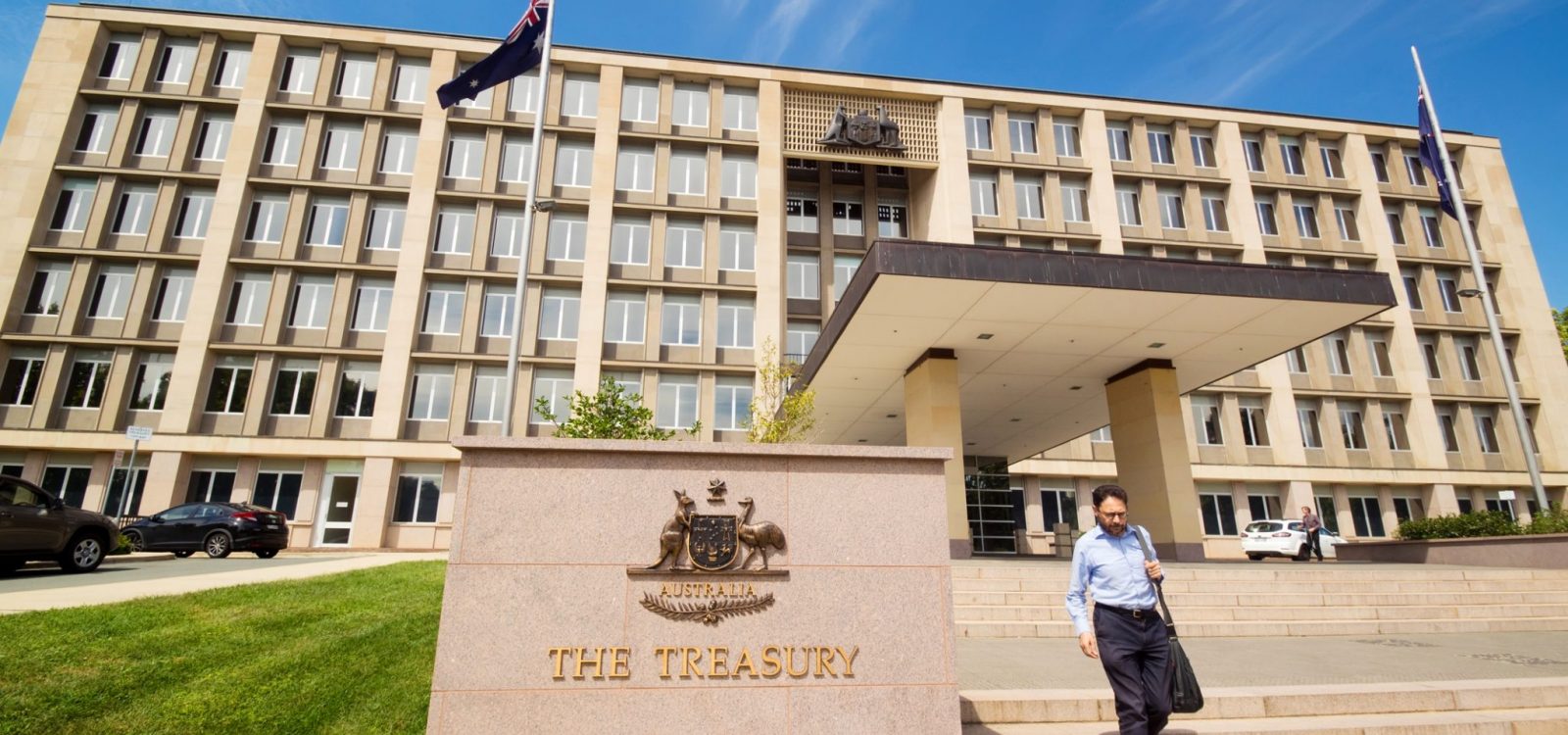
Actuaries report from the 2019 Budget
After many years of significant changes to superannuation, we have a relatively benign Budget this year. There were also limited changes in other practice areas except for the impact of the Royal Commission. This article sums up the issues that may be of most interest to actuaries.
All the papers can be found at www.budget.gov.au.
The Federal Government’s 2019-20 Budget will deliver the first surplus since 2008, following higher than expected tax receipts over the last two years.
The buoyant markets have also driven growth in tax receipts from superannuation which will increase by 5.1% in the 2018-19 Financial Year (to $11.4b). However, the impact of Labor’s policy to end refundable franking credits is already being felt. Receipts are expected to fall by 14.5% (to $9.7b) in the 2019-20 FY as a result of recent off-market share buy backs which were spurred by fears of losing the credits should the policy be implemented post-election.
 Actuaries may also be interested to note that the Future Fund will cover Public Sector liabilities by 2020-21. Long term provisioning for these liabilities is starting to show benefits and earnings will flow straight into budget revenue thereafter.
Actuaries may also be interested to note that the Future Fund will cover Public Sector liabilities by 2020-21. Long term provisioning for these liabilities is starting to show benefits and earnings will flow straight into budget revenue thereafter.
This year’s budget breaks step with the previous 36 annual Federal Budgets, by making only relatively minor changes to superannuation.
Protecting Your Super and Putting Members Interests First
The Protecting Your Super package did not change, and the Government intends to proceed with the unlegislated elements of the package (insurance opt-in for accounts under $6,000 or for new members under 25). These will be put forth in a new bill titled ‘Putting Members’ Interests First’ with a new start date of 1 October 2019.
Improving flexibility for older Australians
The Government will provide an exemption from the work test from 1 July 2020 for individuals aged 65 and 66. This will allow those members to make both concessional and non-concessional contributions (including use of the three year ‘bring forward’ rule) to superannuation and will align with the increase in the Age Pension eligibility age which is slated to rise to 67 by 1 July 2023.
These benefits will functionally only be available to wealthier people, given it impacts those who are not working but can still make large contributions.
Further to this, the Government will increase the age limit to receive spouse contributions to 74 (previously 70).
There were no further changes to the taxation of superannuation contributions.
Permanent tax relief for merging superannuation funds
The Government will facilitate more superannuation fund mergers by making tax relief for merging funds that was due to expire on 1 July 2020 permanent. This is consistent with recommendation 21 in the Productivity Commission’s final report into the sector.
Exempt Current Pension Income (ECPI)
SMSFs will no longer be required to obtain an actuarial certificate when calculating ECPI using the proportionate method, where all members of the fund are fully in the retirement phase for all of the income year.
Further, from 1 July 2020 the Government will allow superannuation fund trustees to choose their preferred method of calculating ECPI.
Other matters of interest to actuaries
Aged Care
Age Pension expenditure is forecast to grow by 17% for the four years to 2022-23 to $54.8b. Over the same period, Aged Care support will grow by 27% to $23.9b. The Age Pension is being tempered by tighter means-testing whereas Aged Care costs are growing due to the much larger numbers of very old Australians.
The Government will extend the package, More Choices for a Longer Life, included in the 2017-18 Budget, allocating funds to provide for additional home care packages, increase basic subsidies for home care recipients and increase the quality, safety and accessibility of residential and home care services.
Financial System
Not surprisingly, after the findings of the Royal Commission into Misconduct in the Banking, Superannuation and Financial Services Industry, the budget includes $606.7m over five years to facilitate the Government’s response. This includes extra funding for ASIC ($404.8m over 4 years) and APRA ($145.0m over four years) to expand their capabilities and deliver on new enforcement and strengthened supervision.
Consistent with the Royal Commission recommendations, a Financial Regulator Oversight Authority will be established to assess ASIC and APRA’s ongoing effectiveness ($7.7m over three years).
Industry will pay $375.7m of the cost through ASIC’s industry funding model and increases in the APRA Financial Institutions Supervisory Levies.
An independent review in three years will assess whether the industry has implemented recommendations from the Royal Commission.
Investment
The budget includes a 10-year $100b infrastructure package, an increase from $75b in last year’s budget.
There is a new fast rail plan with a $2b contribution to the Melbourne to Geelong fast rail project, and $14.5m allocated for 2019/20 to a National Faster Rail Agency to support development of fast rail connections between capital cities and regional centres.
Health
Funding for Medicare and the PBS have been guaranteed in legislation. The cost of health is forecast to be $89.5b in 2022-23. This budget has announced the following initiatives:
- Improved access to diagnostic imaging.
- Increased patient rebates for 119 GP services, including a new MBS item for heart health checks.
- Boost in hospital funding for four priority areas:
Hospitals infrastructure
Drug and alcohol treatment
Preventative health, primary care, and chronic disease management
Mental health
- New listings on the PBS, including medicines for lung, bladder, kidney, and skin cancers and leukaemia.
Mental Health
The Government has provided $736.6m over seven years for mental health services, including a commitment of $461.1m for youth mental health.
Climate risk
This Budget includes a $2b Climate Solutions Fund, of which will go to practical emission reduction activities and will work with farmers and Indigenous communities.
Small and Medium Business
Additional tax relief for small to medium business (<$50m turnover) was announced, including the following initiatives:
- The tax rate will be reduced to 27.5% for 2019/20 (26% in 2020/21 and 25% in 2021/22) for SME companies. Similarly, the tax discount rate for unincorporated small businesses will increase from 8% in 2019/20 to 16% in 2021/22.
- Increased instant write-down allowance to $30,000 (up from $25,000) per asset, which will now be available to SMEs with turnover less than $50m (up from $10m last year). This applies from 2 April 2019 to 30 June 2020.
This general summary has been prepared for information only. Please refer to the Budget Papers for details in relation to specific issues.
View the Actuaries Institute’s 2019 Budget Media Release here.
CPD: Actuaries Institute Members can claim two CPD points for every hour of reading articles on Actuaries Digital.






